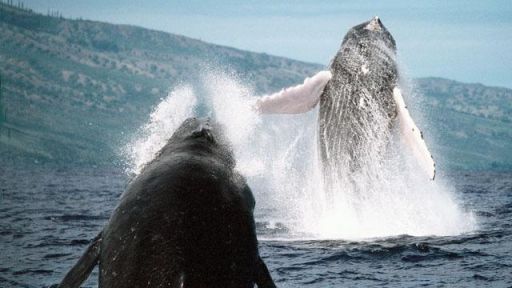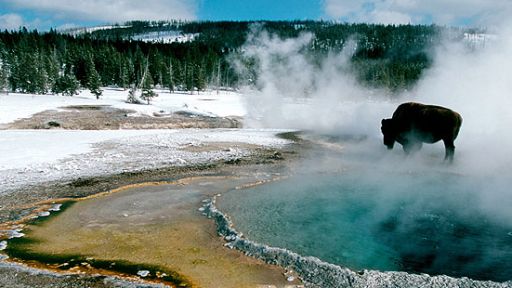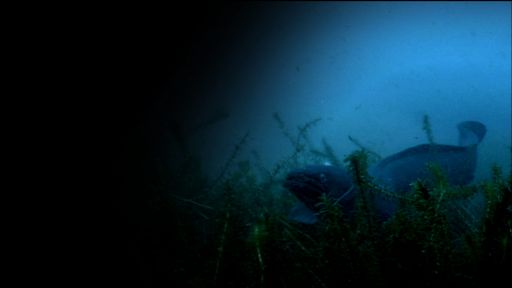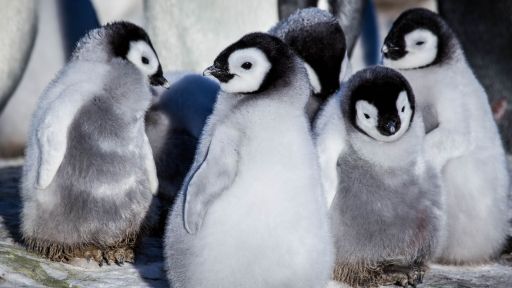WEB SITES
General Information
Hawaii Whale Research Foundation
http://www.hwrf.org/
The HWRF researches whales and provides educational outreach to help the community better understand and appreciate these majestic animals.
Alaska Whale Foundation
http://www.alaskawhalefoundation.org/
Alaska Whale Foundation is a nonprofit organization “committed to research, conservation, and public education about marine mammals in Southeast Alaska.”
Intersea Foundation
http://www.intersea.org/index.html
The Intersea Foundation is a nonprofit organization allowing lay people to assist scientists on “high adventure natural history and research voyages” among the whales of Southeast Alaska.
NOAA’s Humpback Whale Page
http://www.nmfs.noaa.gov/pr/species/mammals/cetaceans/humpbackwhale.htm
The National Oceanic and Atmospheric Administration’s profile on humpback whales, including multiple links to further reading.
NOAA’s Hawaiian Islands Humpback Whale National Marine Sanctuary
http://hawaiihumpbackwhale.noaa.gov/
NOAA also maintains a marine sanctuary in the shallow waters of the Hawaiian Islands that serves to protect the whales and their habitats in Hawaii.
The Whalesong Project
http://whalesong.net/
The Whalesong Project allows site visitors to listen to a live feed of singing whales in Hawaii. Live listening is only available while the whales are wintering in Hawaii. While the whales migrate, the Web site provides recordings of recent songs.
ARKive: Humpback Gallery
http://www.arkive.org/humpback-whale/megaptera-novaeangliae/
ARKive hosts a great collection of pictures and videos of humpback whales.
Migration and Observation
Whale Route
http://www.whaleroute.com/migrate/
A description of migration routes of various whale species, including the best locations for whale watching.
Mayumba National Park
http://www.mayumbanationalpark.com/cetaceans.htm
Mayumba National Park in Gabon is another haven for migrating whales. Here is their profile of the whale’s presence in the park.
Whale Watching in Big Sur, California
http://www.bigsurcalifornia.org/whalehumpback.html
The Big Sur Chamber of Commerce provides information about Humpback whale watching opportunities in the waters off California.
Conservation
Though at one time as few as 5,000 humpbacks remained after centuries of whaling, conservation efforts in the 20th century have brought their numbers back to over 80,000. In 2008, the International Union for the Conservation of Nature (IUCN) upgraded their classification from “Vulnerable” to “Least Concern,” signaling the humpback’s achievement of a stable population after a brush with near extinction.
However, many other species of whales and cetaceans remain threatened, and a number of organizations provide care and raise awareness.
WDCS – The Whale and Dolphin Conservation Society.
http://www.wdcs.org/
WDCS describes itself as “the world’s most active charity dedicated to the conservation and welfare of all whales, dolphins and porpoises”. Their Web site contains a number of useful resources for getting involved in conservation efforts.
American Cetacean Society
http://www.acsonline.org/
The ACS is one of the world’s oldest whale conservation groups. They provide protection for whales, porpoises, and dolphins through education, research grants, and conservation programs.
The Oceania Project
http://www.oceania.org.au/index.html
The Oceania Project provides care, research and conservation initiatives for humpbacks and other cetaceans.
NEWS
PhysOrg.com – “Warbling whales speak a language all their own” (March 21, 2006)
http://www.physorg.com/news11980.html
Physicist Ryuji Suzuki uses information theory to analyze the communication power of whale songs, revealing a startling complexity.
Books
Bernard, Hannah J. Field Guide to the Humpback Whale. Sasquatch Books, 1993.
Bright, Michael. Whale Odyssey: A Humpback Whale’s First Year. JR Books Ltd, 2008.
Day, Trevor. Whale Watcher: A Global Guide to Watching Whales, Dolphins and Porpoises in the Wild. Firefly Books, 2006.
Martin, Stephen. The Whales’ Journey. Allen & Unwin Pty, 2002.







